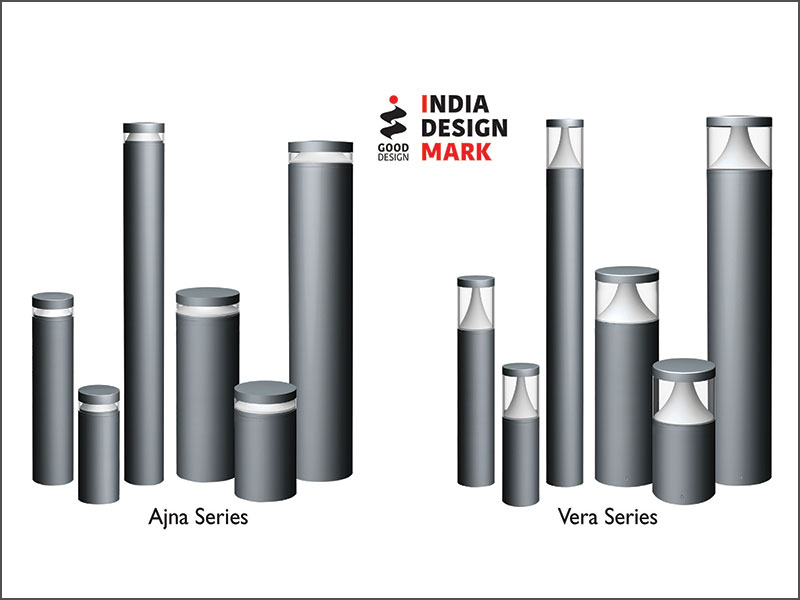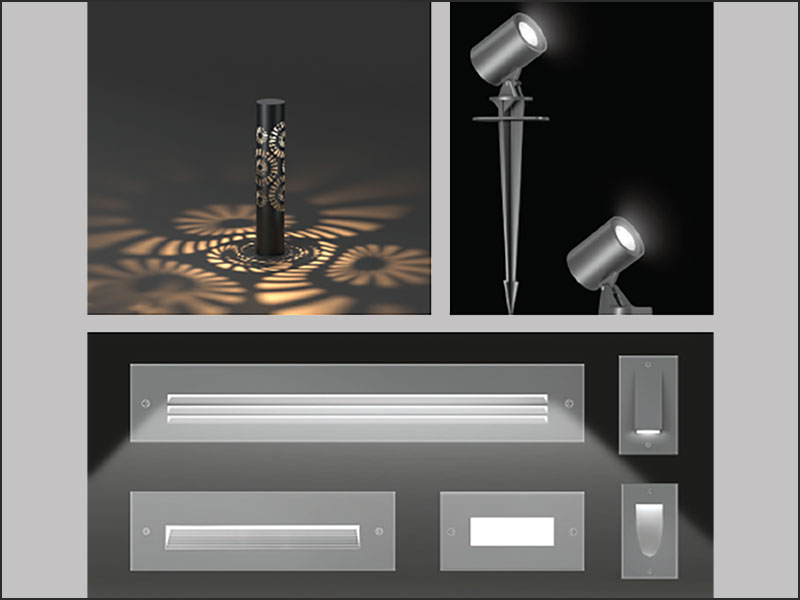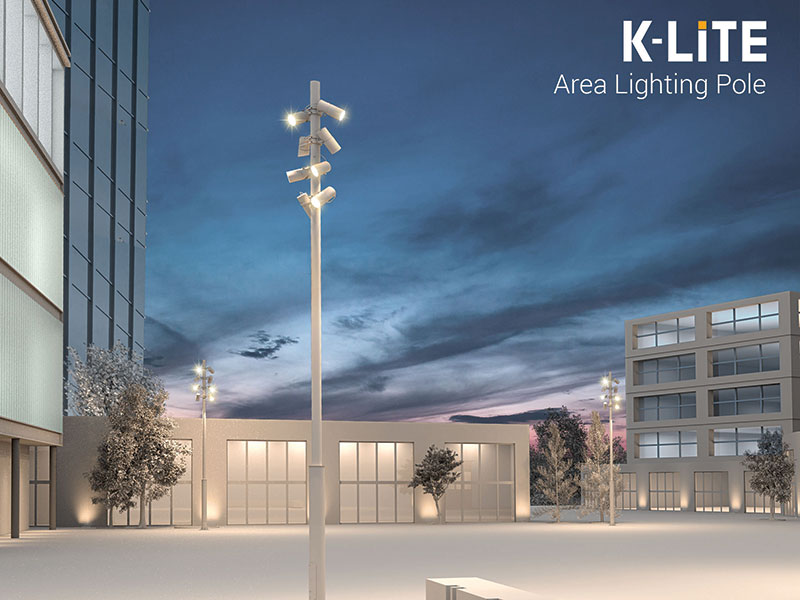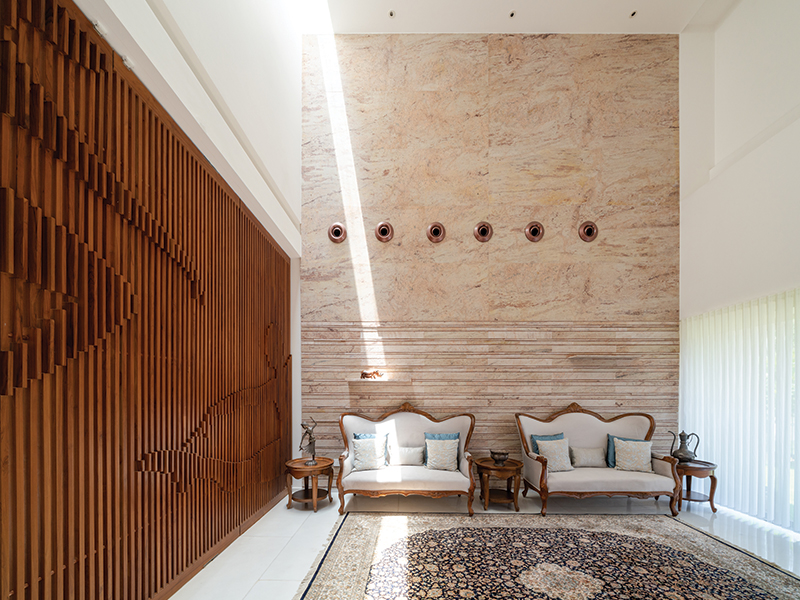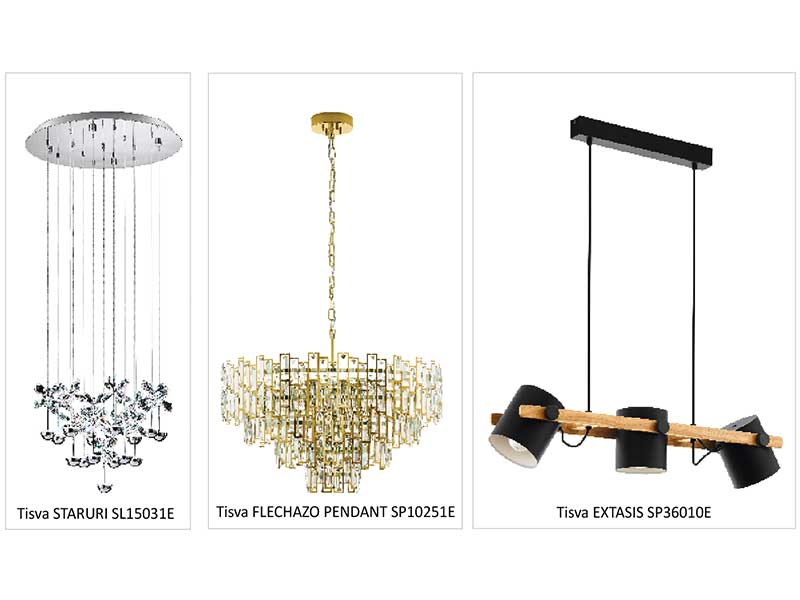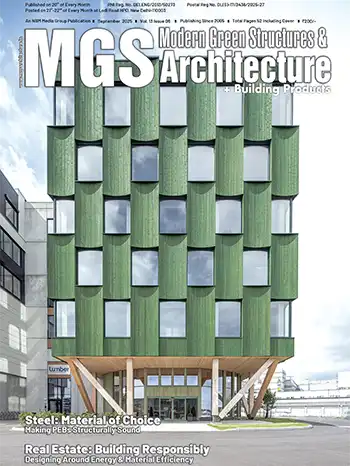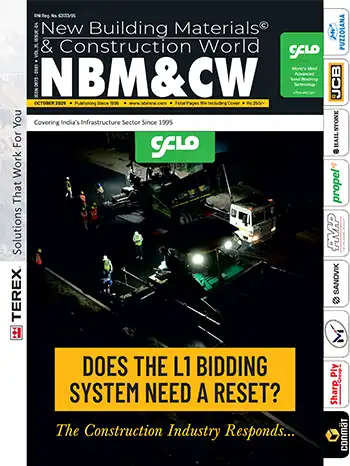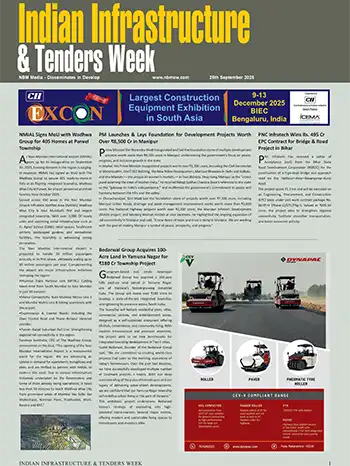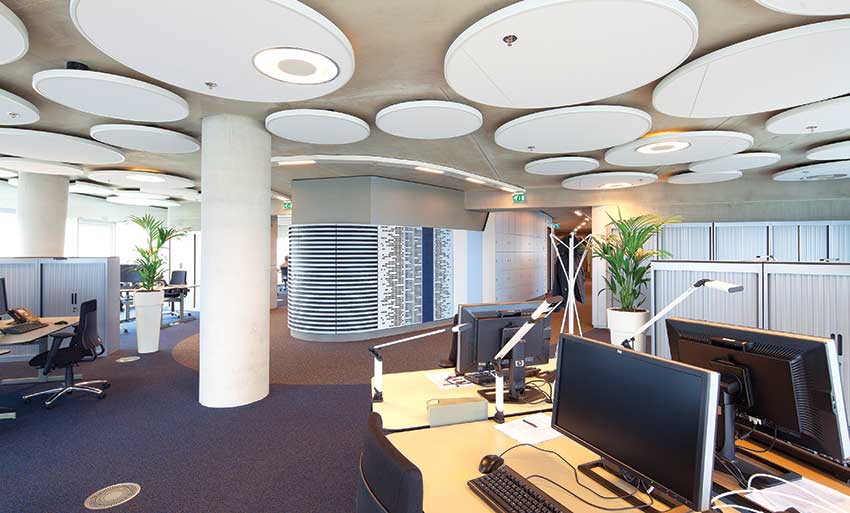
Switching over to energy efficient office lighting might put a strain on the treasure trove, but the ensuing rewards are more than bountiful, reports S. D. Khan
The offices of Company A and Company B were located just at a stone's throw from each other. And there were quite a few similarities between the two entities. Both were involved in a similar business and their inceptions also coincided. What matters the most, their top and bottom lines were also satisfactory, though Company A was gradually inching ahead. Yet there was a stark contrast between the two; a difference that's usually not reflected in balance sheets but has an impact on financial performance sooner or later.
Every weekday as the clock struck 9:30 AM, Company A's premises became a melting pot of freshness, joviality, and a new zeal. Employees always walked into the office with smiles on their faces and despite corporate rigours, the mood stayed upbeat till the end of the day. On the contrary, dullness typified Company B's environs. People literally dragged themselves to work, stoop shouldered and gloomy. Although they enjoyed higher remunerations than their Company A counterparts, Company B's employees were filled with a sense of underachievement.
Mr. X, a job aspirant, quickly sensed this palpable difference and decided to let go of Company B's more lucrative offer in favour of Company A's. He found the latter's environment more welcoming, healthy, and lively. Well, the fact of the matter is that some years back, Company A had revamped the entire lighting equipment wherein conventional fixtures were replaced with the modern energy efficient ones. Consequently, every nook and corner of the building such as corridors, rooms, alleys, conference halls, cafeteria, cubicles, and even washrooms wore a new look. The incoming natural light was making the surroundings even more pleasant, adding to the 'feel good factor'.
The adoption of 'green' lighting was an expensive proposition but had positive bearings on Company A's profitability. Good ergonomics translated into employee productivity, and simultaneously, the debit side of Profit & Loss A/C showed reduced electricity overheads with every fiscal. More importantly, the company was contributing to the global sentiment of energy conservation and now enjoys the coveted LEED rating. It's true that these two companies have a hypothetical existence, but it's equally true that 'good' lighting at the workplace is as essential as a cog in the wheel.
Well, corporate India has started developing an inclination towards eco-friendly lighting but it's still a long way to go before we witness the Company A model becoming the new normal!
As a matter of fact....

Nevertheless, he observes a change in trends. "The market penetration of energy efficient office lighting products is at a very slow pace; less than 2% of available market. But with descending costs, and ascending quality and efficiency of LED lighting solutions, it is likely to improve over the next few years."
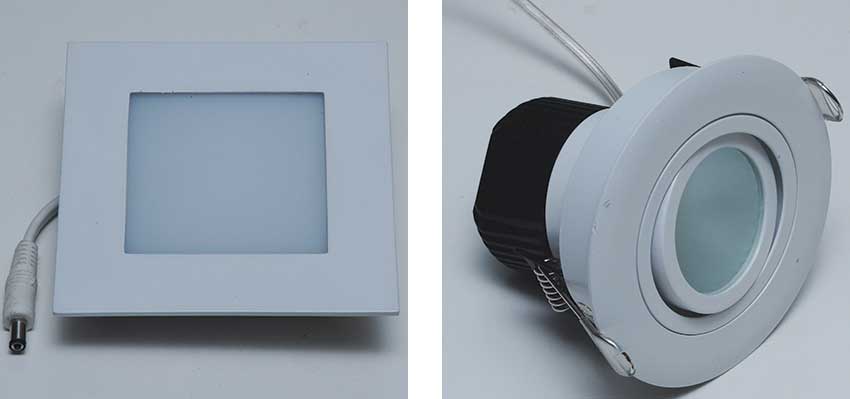

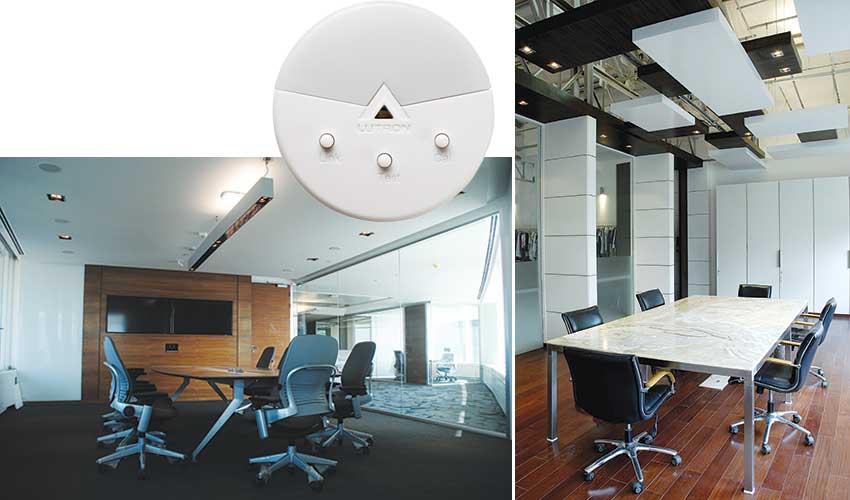
Lutron is the world's leading name in lighting controls and dimmers, and has been present in India for more than 15 years. He continues, "Energy efficiency is the fastest, cleanest, and cheapest way to meet energy needs. India could save $42 billion each year by improving energy efficiency in buildings. If developers across India implemented standard energy efficiency measures in new construction and major retrofits, the country could avoid the need for 2,988 megawatts (MW) of generation capacity. State and local governments, real estate developers, and financial institutions are particularly critical to the successful development and implementation of energy-efficient buildings."
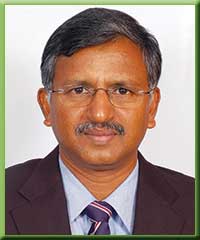
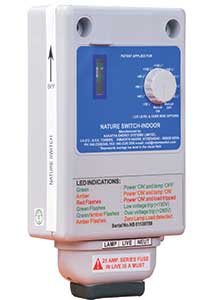
He foresees, "As energy costs continue to rise, future prospects for energy efficient office lighting are very good because the ROI on energy efficient investments becomes shorter and shorter making them an obvious choice for businesses."

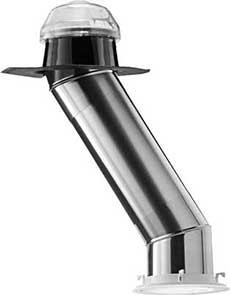
"The Energy Efficient (I prefer addressing this as Zero Energy) Lighting market," he continues, "is in the nascent stages in India. However, the awareness amongst the consumers and their willingness to adapt to this eventuality is very encouraging. The ever increasing electricity tariff is the primary growth driver. Accumulating carbon credits and getting the prestigious LEED certification also prompt customers to go for Zero energy daylighting solutions."
What is it that you wish to see?
In his much celebrated book 'Learning to See: A Matter of Light', the global lighting doyen Howard M. Brandston poses this interesting question to the lighting designers. He further probestheir credentials by asking, "Is the lighting creative? Innovative? Does the lighting enhance our quality of life?"
'Doing More with Less' is how we judge the viability of any resource, and a designer seldom deviates from this norm. Mr. Handa reasons this out logically, "We try to lessen the dependency on artificial light and always keep 10% of the design as glazing. The idea is to have ample open space, less partitions, and natural ventilation."
Undoubtedly, expert advice holds the key. "People have started relating relaxed environment to warm lighting and have woken up to the concept of lighting design. There's a paradigm shift to green lighting.
But clients usually don't decide the lighting solutions for their buildings because, most of the times, they don't even know how much light is required at a particular place. Yes, they are keen on a green rating but they also have predetermined budgets at their disposal. It's here where the role of a designer becomes paramount. But I personally believe that technology answers all the budgets at the end of the day. In the Manufacturing Segment, the Lighting Industry took the lead in coming up with star rated products," he notes.
Talking of Technology....
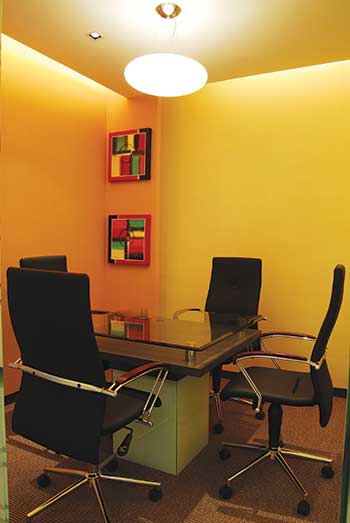
He adds, "It's our Chairman's vision to bridge the growing gulf between energy supply and demand and to make sure sophisticated and reliable LEDs within the reach of not only a few wealthy but also across the spectrum. Also we have a dream to make India lead the way on the lighting innovation and cutting edge technology using indigenous talent and setting up world class manufacturing facilities."
Highly appreciative of Solatube's products, Mr. Sheth avers, "As a vendor I visit manufacturing plants and offices of many domestic and multinational companies where they need to switch on the office lights and high bay lights even during the day time. For the shop floor they have the polycarbonate transparent sheets installed on the roof. The problem with these transparent sheets is that they transmit a non-uniform light pattern and transmit heat to the shop floor below. For offices, except for the windows on one wall they do not have any solution for bringing in natural daylight. This prompted me to search for a product which would consume Zero energy and offer a comfortable environment for the people in the offices and the workers on the shop floor. I came across Solatube Daylighting Systems which fit the bill and deliver the needful. LEDs are most commonly used to replace conventional lighting. As I said earlier, LEDs also consume energy. We offer products which, besides consuming Zero energy, also provide benefits like increased productivity and better human performance."
Highlighting the role of automation in lighting, Mr. Trivedi states,"Lutron offers simple retrofit lighting controls to improve employee comfort and productivity, while saving energy. Standalone means that these solutions operate independent of one another. Multiple rooms containing these controls cannot be tied together and operated as a single system. These solutions are the simplest way to start saving energy today. Lutron doesn't sell any lighting fixtures but only lighting control products. For office products, we have scalable lighting control solutions such as RPS - The Radio Powr Savr™ wireless occupancy sensor and Rania® wireless RF switch combination, which offer a truly retrofit energy-saving solution that installs in minutes and is guaranteed to save you time and money."
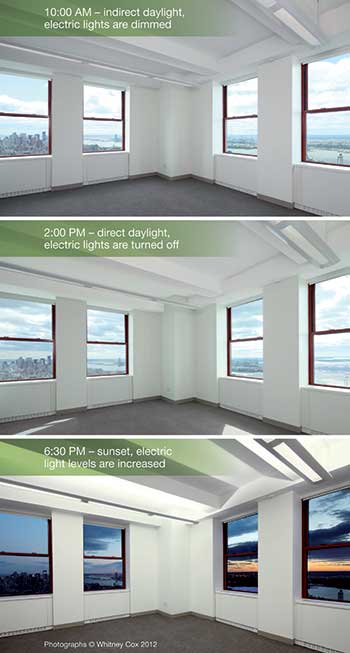
According to him, Lutron is committed to help its customers find ways to save energy and all of Lutron's lighting control systems enable customers to reduce electricity usage and extend lamp life significantly. "In addition, our range of shade and blind controls allow natural light levels to be maximized, offering the ultimate in efficient artificial and natural lighting control. Lutron leads the industry in controlling energy efficient light sources and full-range dimming is now possible for a wide range of fluorescent lamp types. The trend toward LED lighting for accent and general lighting is growing, and Lutron is there to control it all," he asserts.
Meanwhile, Kakatiya Energy Systems has recently launched the Nature Switch™ Indoor lighting control system. Nature Switch™ Indoor is an affordable, off–the-shelf alternative to traditional lighting controls, specially designed to automate indoor light switches based on lumen levels selected, reducing energy wastages normally associated with manual operation by up to 20%. According to Mr. Rao,"With benefits of energy savings, user friendliness, reduced labor costs, and easy installation process, Nature Switch™ Indoor is uniquely advantageous for industrial and commercial establishments. It employs a patented advanced multi-spectral sensor technology which is capable of sensing multiple bands on the electromagnetic spectrum and ensures flicker free lighting."
He informs, "Nature Switch™ Indoor can easily replace traditional lighting controls by a simple integration into the main switchboard, avoiding the need to replace light bulbs and switches. Additional features like over and under voltage trip and overload trip are provided to offer protective features beyond automated switching. In an area of about 3,000 sqft, with a lighting load of 1,000 watt (Rs.6/kwh), deployment of Nature Switch™ Indoor can avoid wastage of over 2 hours each day, saving Rs.10,512 over the course of one year. This saving is enormous especially when lighting is a major part of electricity consumption contributing significantly to peak load. "Nature Switch™ Indoor delivers immediate energy savings for industrial and commercial establishments, while at the same time providing an optimum lighting environment. The automated lighting control eases maintenance staff workload so they can be repurposed for more critical job functions."
Oh Yes, Lest We Forget...
If India is to fulfil its long cherished desire of saving those precious watts, policymakers will have to come to the fore with intent. Industry experts feel that here we can emulate the westerners who have proved that energy saved is energy created. Citing a vivid example, Mr. Sheth suggests, "Green Lighting technology in India is still a long way from that in many developed countries. It might be too late if we wait for the development to happen and implementation to be cost–effective. Dutyfree imports and Government incentives will encourage more people to focus their resources in this area. Sample this -"The savings in energy from daylighting are so demonstrably significant that the revised California building code, Title 24, requires every large-space big-box retailer, warehouse or low-rise facility with an area greater than 25,000 square feet directly under a roof with ceiling heights greater than 15 feet and a lighting power density greater than 0.5 watts per square foot to light at least 50% of the area with daylight." (Journal of Property Management, July 2004). Some kind of a regulation on these lines can also be considered here."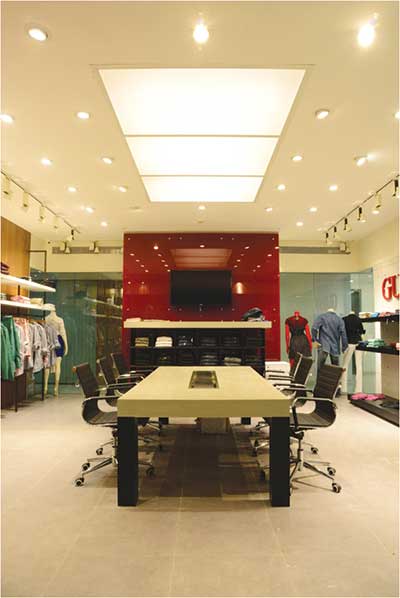
Mr. Rao echoes this sentiment, "Now the Indian Government is coming up with numerous energy efficiency initiatives like Green Buildings by Indian Green Building Council (IGBC), Energy Conservation Building Codes (ECBC), Green Rating for Integrated Habitat Assessment (GRIHA), star ratings by Bureau of Energy Efficiency, etc. for employment of green technologies in buildings in India. The government of India should continue to support energy efficiency across the board."
Chalking out a comprehensive roadmap, he suggests, "The government should promote community solar energy based LED lighting especially for rural and remote areas in order to achieve economies of scale along with providing funding for these communities. The community funding when compared to individual subsidy provision can ensure a speedy adoption of renewable energy based energy efficient lighting. This also ensures good maintenance support by the supplier of the equipment at the ground level when monitored by the entire community headed by a Panchayat or village council. The government should extend the star rating to controls that can help in conserving energy. Presently the star rating is limited to appliances or devices that consume energy. Any product that aids in reducing energy wastage has to be encouraged in order to reach the ultimate goal of reducing emissions. BEE has to support this process."
Mr. Trivedi sees the builders' fraternity as a catalyst in the 'Green Lighting' drive. "Some leading developers are building more efficiently. Yet, the developer community needs to become more aware of the reduced costs and energy savings from energy-efficient buildings. Many developers perceive a "higher upfront cost of efficiency measures" as an obstacle, even though such measures pay for themselves. The upfront cost barrier is more pronounced in tenant-occupied buildings since the building owner is responsible for the upfront capital costs, while tenants enjoy the resulting energy savings. Local standards, such as energy efficiency building codes, can level the playing field among developers and accelerate the construction of energyefficient buildings."
Clearly, the lighting stalwarts foresee a new dawn of energy conservation in India, and this is reflected in their bouquet of offerings. All they expect is a prioritization of political will in this direction. And as more corporates get onto the green bandwagon, the lights of transformation will continue to glisten in the country.

